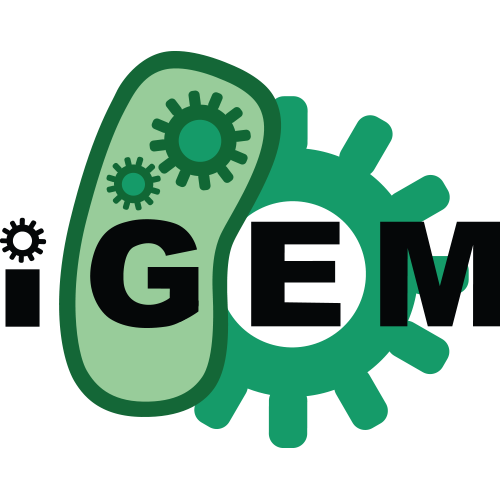| Types | DnaRegion
|
| Roles | CDS
Coding
|
| Sequences | BBa_K1194005_sequence (Version 1)
|
Description
The I3A gene is actually a polycistronic construct composed of two genes coding for two enzymes - tryptophan transaminase and indole pyruvate decarboxylase. The two DNA constructs are joined by a linker sequence. This entire assembly is placed downstream of an N-acyl homoserine lactone (AHL) inducible promoter pLuxR. The I3A genes function to convert tryptophan to indole-3-acetaldehyde (I3A). Tryptophan transaminase converts tryptophan to indole pyruvate while indole pyruvate decarboxylase converts indole pyruvate to I3A. I3A is a known biofilm inhibitor. In the future, other teams can use either of our two enzymes as there is a restriction enzyme site incorporated in the linker sequence. The part will be useful in any project involving biosynthesis of indole and its derivatives.
Notes
The gene sequences were codon optimized for the optimal expression in bacterial system on induction with AHL (N-acyl homoserine lactone).
Source
The gene sequence for tryptophan transaminase is derived from Arabidopsis Thaliana. The gene sequence for indole pyruvate decarboxylase is taken from Azospirillum brasilense. The sequence for pLuxR is taken from Registry.
